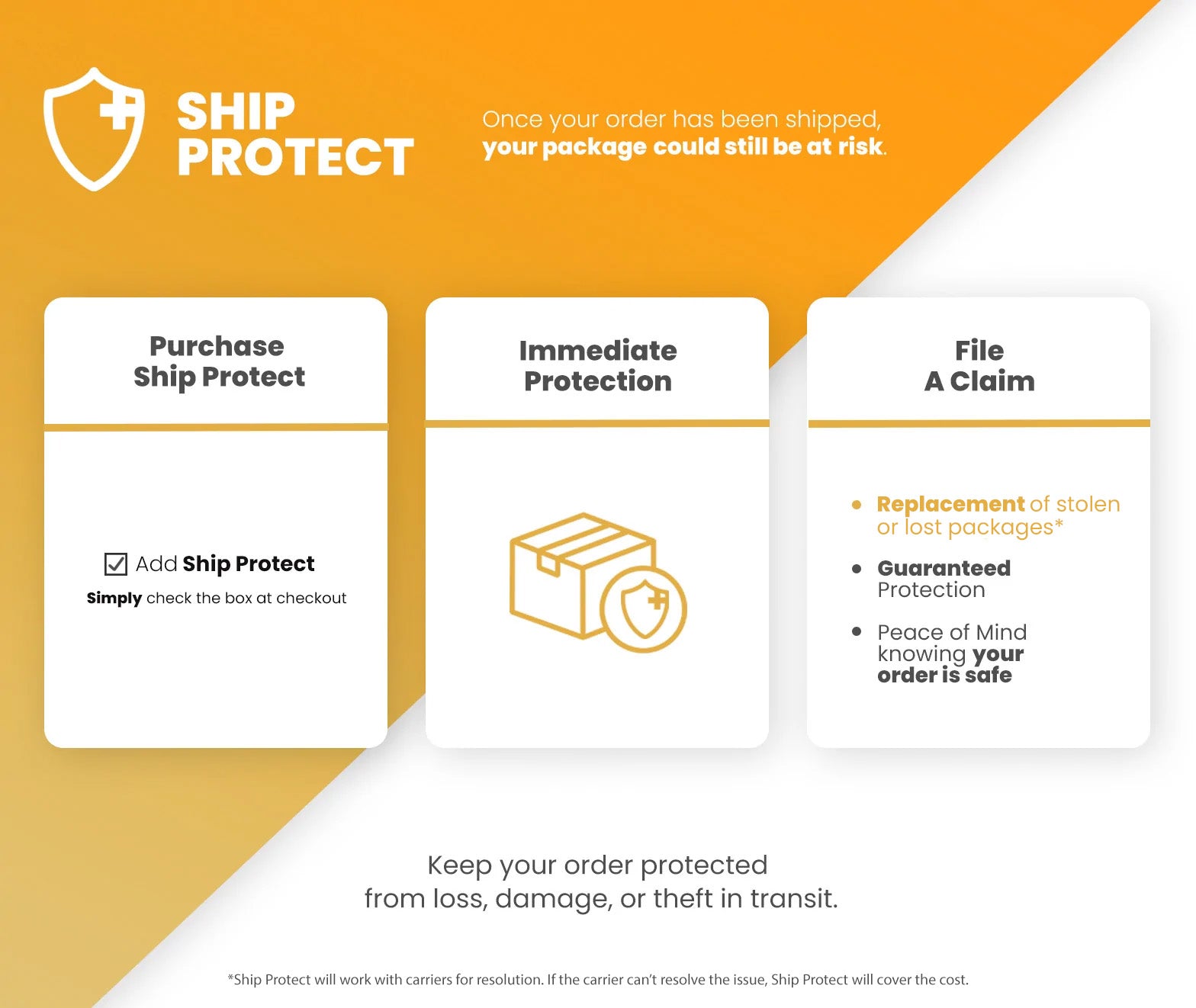Pool Safety
Pools are the go-to place for summer fun and an excellent way for kids to burn off all that energy, but pool safety isn't always considered when having fun in the sun. Since kids rarely see pools as a source of danger, it's up to you to keep them safe and inform them of the risks. This is especially true since drowning is one of the leading causes of death for kids and teens. And for every death, there are many more water-related injuries.
Dangers & How to Prevent Them
Entrapment
One of the most significant risks for entrapment is pool and jacuzzi drains. These drains can create a powerful vacuum strong enough to trap an adult. Avoid letting children play near drains. If the drain cover is damaged or grew legs and disappeared, don't let anyone in the pool as this is a massive hazard. Be sure the pool has anti-entrapment drains, and know where a hot tub's emergency shut-off valve is.
The other entrapment risk is flimsy pool covers. These can support light objects, but kids may mistake them for a solid surface, fall underneath, and become trapped under the cover. If this happens to an adult, they are highly likely to navigate their way out, but little children could easily drown in this scenario. If you need a pool cover, install one that can support an adult's weight to mitigate the possibility of this occurring.

Falling In
Pools without barriers have a high risk of kids falling in (or cannonballing for more enthusiastic ones). This is a major drowning risk for young children and those who are weak swimmers or can’t swim at all. Prevention includes fences at least four feet tall, self-closing gates, and various alarms. If you include alarms, there are various options, ranging from door, gate, and pool alarms to wearable devices that alert you when they become damp.
Toys in the Pool Area
Keeping toys in the same area as the pool increases the risk of children falling in, throwing toys into the pool and attempting to retrieve them, or taking an unsupervised dip. Ridable toys such as trikes and electric vehicles for kids are distinctly dangerous. The danger of this is drastically increased in the absence of fences or other barriers so take the necessary precautions by installing some and keeping toys well away from the pool’s location.
Pool Related Injuries
While it'd be easier if the only thing you had to worry about was drowning, there are a couple of other risks you need to consider concerning pools.
Chlorine

While it's usually a harmless, drinkable chemical, it's dangerous undiluted or in large quantities. Liquid and powder chlorine can irritate and damage eyes, nails, hair, and especially skin when in direct contact. It's perilous when inhaled in liquid or powder form and may damage the lungs, even more so when ingested. Additionally, chlorine in its gaseous state can be lethal with prolonged exposure. Store chlorine in tightly closed containers, preferably with child locks, out of reach. We would also advise taking a pool chemical safety class or conducting extensive research.
Submersion Injuries
These injuries occur when someone nearly drowns and inhales some water, damaging the lungs. If you suspect someone has inhaled water and may have a submersion injury, watch for the following symptoms: laborious breathing, severe coughing, hypoxia (low blood oxygen levels which can turn the body blue), hypothermia, lethargy, falling unconscious, or irregular heart rate. Trained professionals should provide treatment for submersion injuries. Call 911 and follow their directions until emergency services arrive. Perform CPR on patients who aren't breathing and provide blankets or towels for victims suffering from hypothermia.
Safety Rules to Teach Your (and Your Neighbor's) Kids
Implementing barriers and watching your kids like a hawk are fundamental ways to prevent drownings, but drilling safety rules and behaviors into your family is crucial for prevention. Below are five things kids need to know when around pools.
- Don't go swimming without explicit permission from an adult.
- Always swim with someone else.
- Life jackets are required unless an adult has deemed the child a strong enough swimmer or the water shallow enough.
- Never dive in headfirst unless there's a sign that says it's safe.
- Never play near drains.

Emergency Plans
Even if you've installed the savviest devices to secure your pool, there's no such thing as entirely childproof. Accidents happen, and you need to be prepared for them. This should include knowing age-appropriate CPR, recognizing submersion injuries, emergency contacts if you are watching someone else's children or vice versa, and any other situation-specific plans.
Extra Steps to Ensure Safety
- Always have a designated water watcher.
- Only swim and supervise sober.
- For younger children, keep them within reach.
- If a kid is missing, check the water first.
- Teach children to swim as soon as they are ready. Knowing how to swim massively reduces the risk of drowning!
Implementing and practicing pool safety precautions will not only give you peace of mind, but it may also save your child's life when they're older or away from home. So take the initiative today to be ready for any emergencies your family may encounter!







